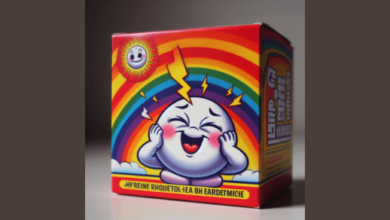
1. Understanding Smallpox
Smallpox is a highly contagious and deadly viral infection caused by the variola virus.
2. Understanding Chickenpox
Chickenpox, on the other hand, is a common viral infection caused by the varicella-zoster virus.
3. Historical Context of Smallpox
Smallpox has been a major scourge throughout human history, causing widespread epidemics and mortality.
4. Historical Context of Chickenpox
Chickenpox, while still prevalent, is less severe and typically not life-threatening in healthy individuals.
5. Eradication Efforts
Smallpox is the only human disease to have been eradicated through a global vaccination campaign.
6. Vaccination for Chickenpox
Vaccination against chickenpox is widely available and has significantly reduced the incidence of the disease.
7. Transmission of Smallpox
Smallpox spreads through respiratory droplets or direct contact with bodily fluids from an infected person.
8. Transmission of Chickenpox
Chickenpox is primarily spread through respiratory droplets or contact with the fluid from the blisters of an infected individual.
9. Incubation Period of Smallpox
The incubation period for smallpox is typically 7 to 17 days after exposure.
10. Incubation Period of Chickenpox
The incubation period for chickenpox is longer, usually around 10 to 21 days after exposure.
11. Symptoms of Smallpox
Symptoms of smallpox include fever, body aches, and a characteristic rash that progresses from macules to pustules.
12. Symptoms of Chickenpox
Chickenpox presents with a red rash, itching, fever, and fatigue, but the rash progresses from papules to vesicles.
13. Severity and Mortality
Smallpox is much more severe than chickenpox, with a mortality rate of around 30%.
14. Complications of Smallpox
Complications of smallpox can include secondary bacterial infections, blindness, and permanent scarring.
15. Complications of Chickenpox
While rare, complications of chickenpox can include bacterial skin infections, pneumonia, and encephalitis.
16. Treatment for Smallpox
There is no specific treatment for smallpox, with supportive care being the main approach.
17. Treatment for Chickenpox
Treatment for chickenpox focuses on relieving symptoms, such as using antihistamines for itching and fever reducers for temperature control.
18. Prevention of Smallpox
Vaccination is the best form of prevention for smallpox.
19. Prevention of Chickenpox
Vaccination is also the most effective way to prevent chickenpox.
20. Global Impact
The eradication of smallpox has had a profound impact on global public health, eliminating a major cause of death and disability.
21. Current Status
Smallpox no longer exists naturally in the world, except in laboratory samples held by a few select institutions.
22. Global Burden of Chickenpox
While less severe, chickenpox still poses a significant burden, particularly in countries without routine vaccination programs.
23. Immunity After Infection
Individuals who recover from smallpox typically develop lifelong immunity to the virus.
24. Immunity After Infection with Chickenpox
Likewise, individuals who recover from chickenpox usually develop lifelong immunity, although reinfection is possible with age.
25. Conclusion
In conclusion, while smallpox and chickenpox are both viral infections that cause characteristic rashes, they differ significantly in their severity, mortality rates, historical context, and current status. Understanding these differences is crucial for effective prevention, treatment, and control measures.




